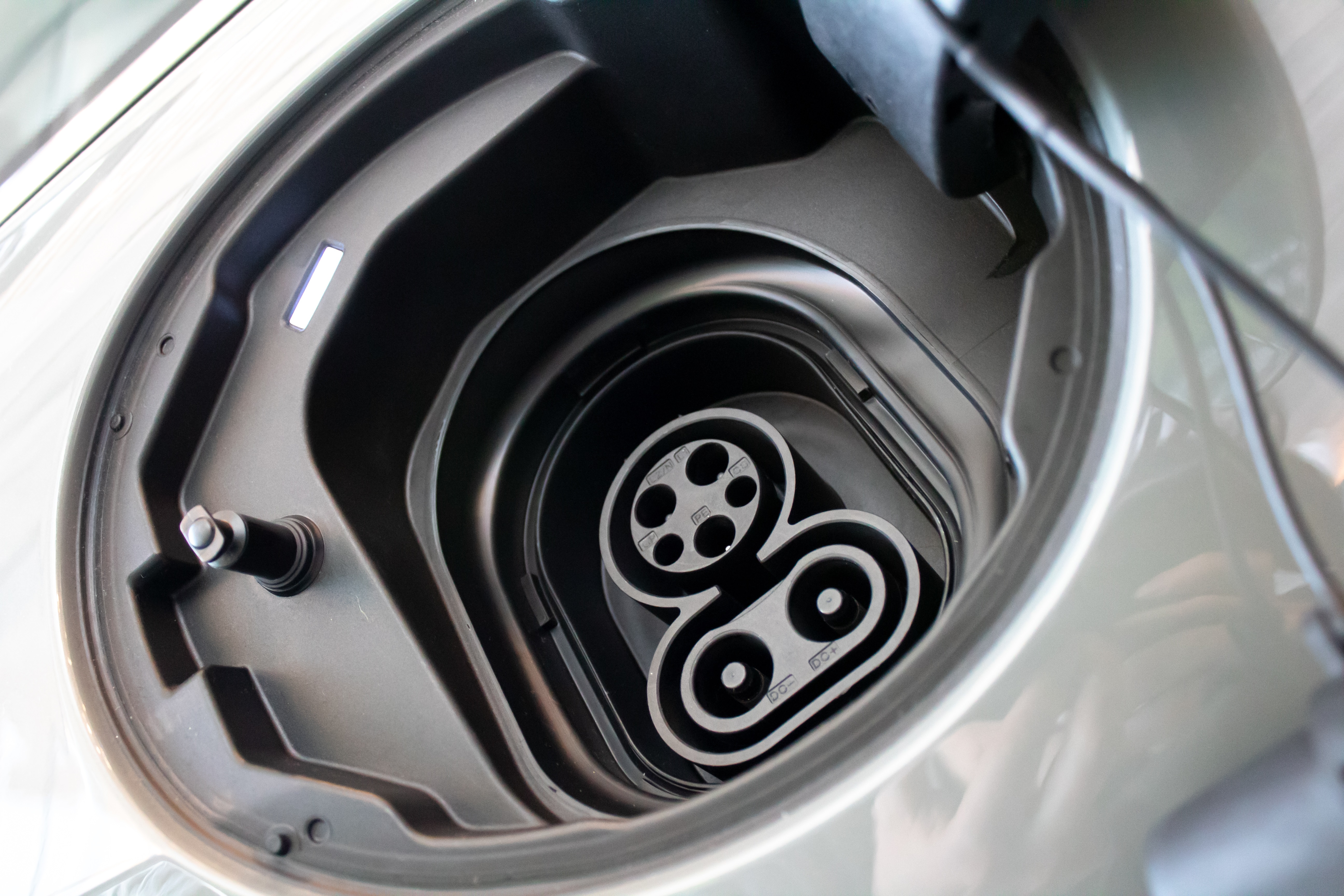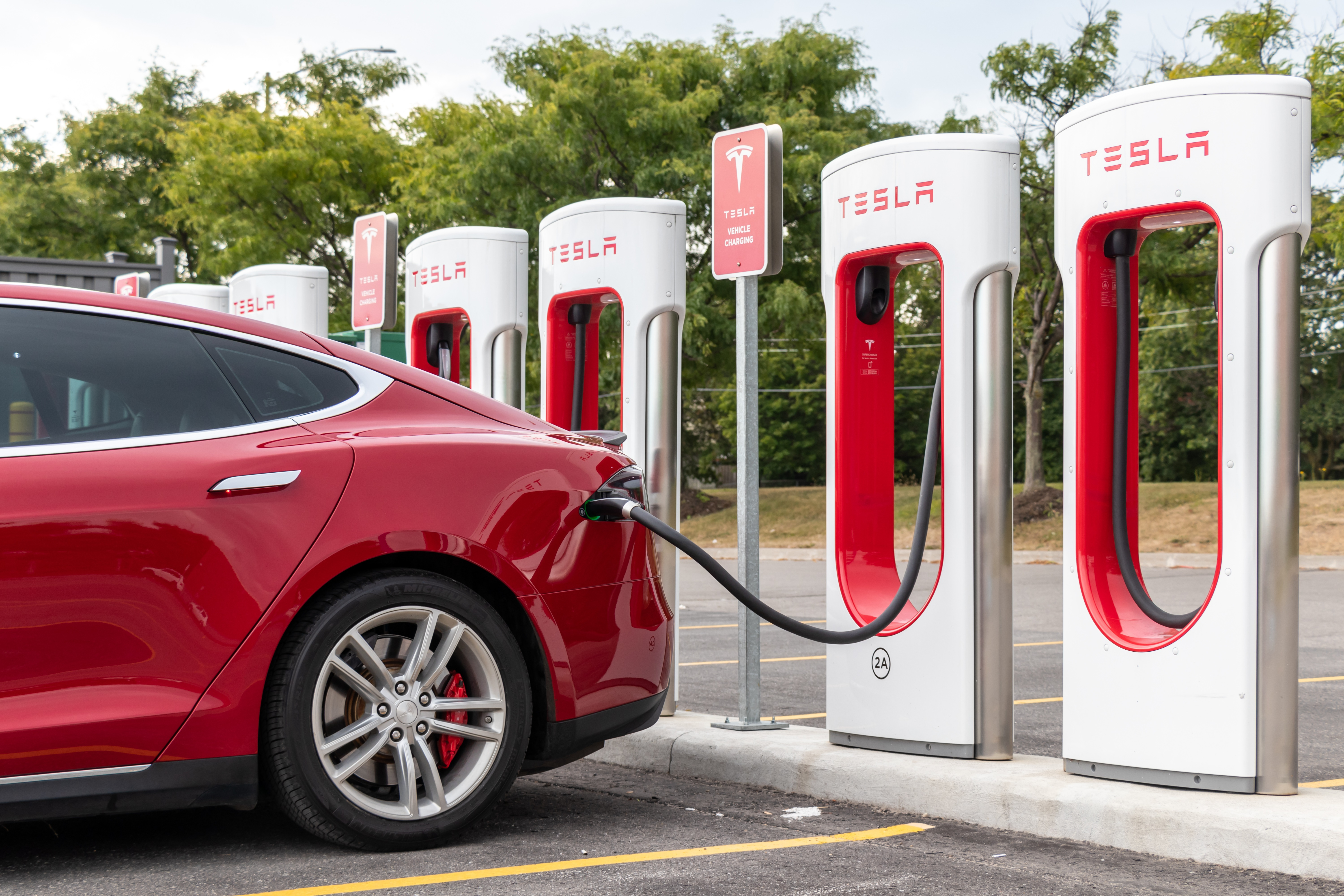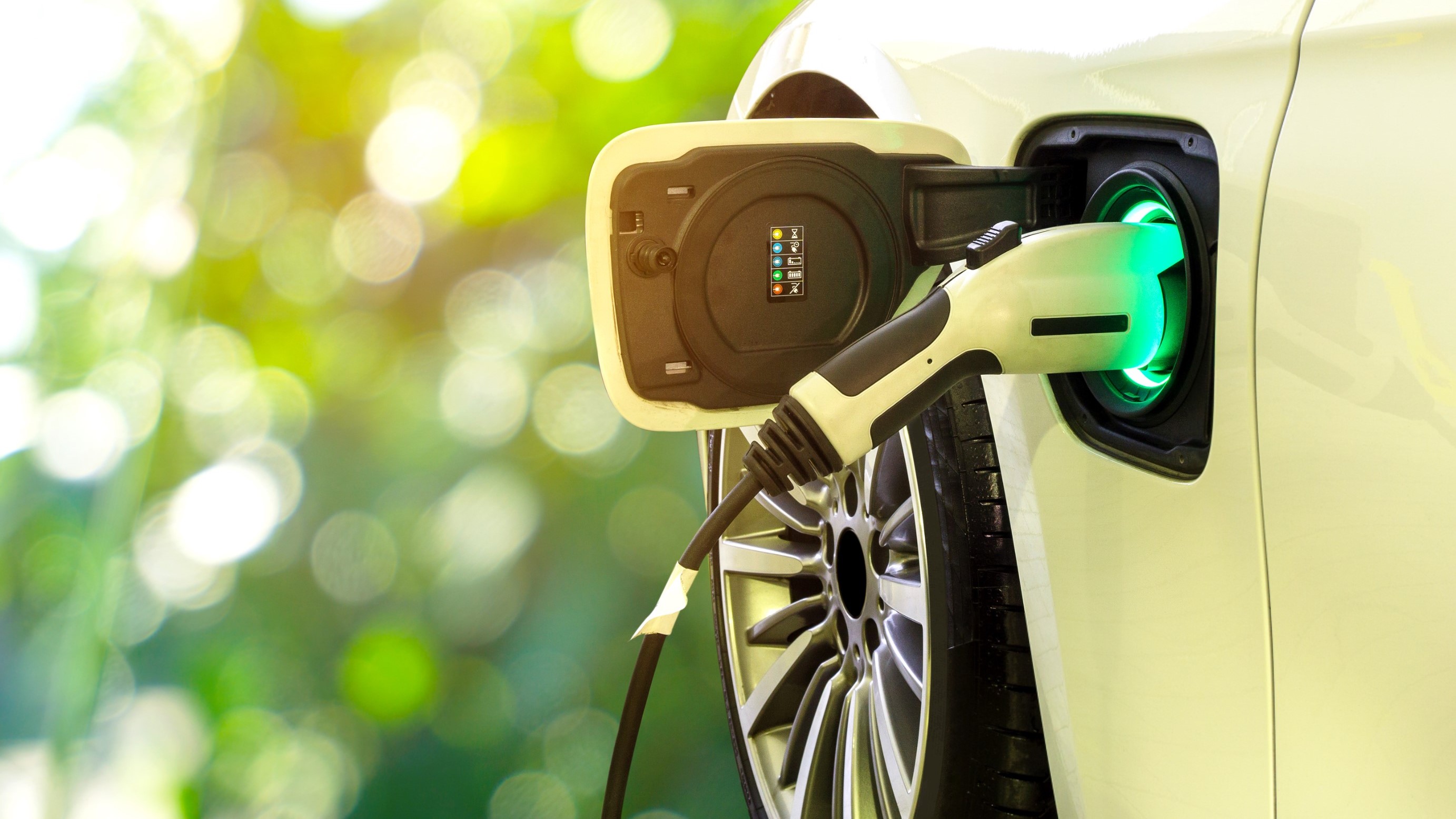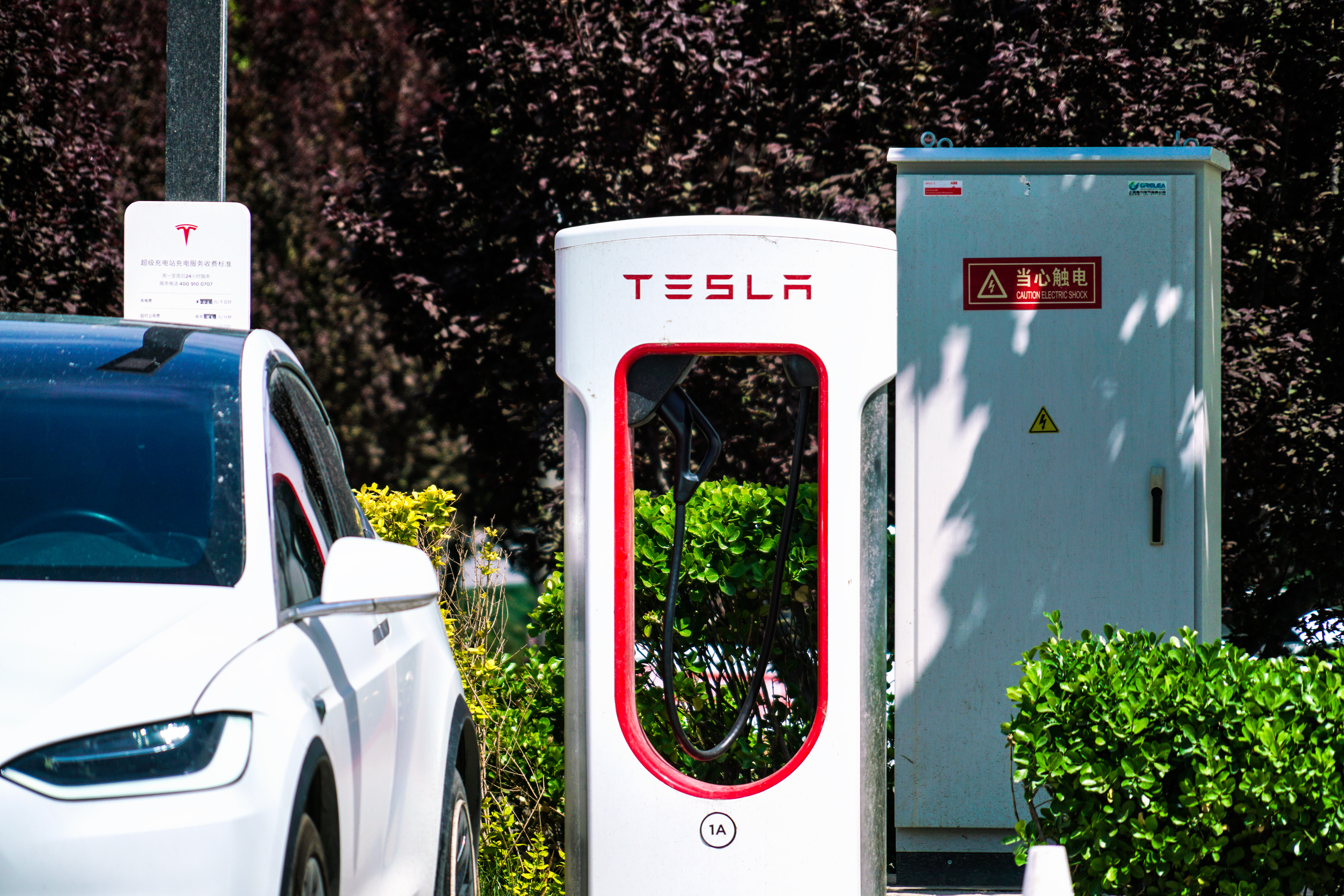Mass adoption of Tesla’s car charger could be better for everyone — but not in the way you think
Last month Tesla announced (opens in new tab) that it was opening up its proprietary connector, in a bid to make it the go-to electric car charging standard in North America — renaming it the North American Charging Standard (NACS). An odd move to make now, considering the Tesla charger first debuted a decade ago.
I bring this up because Tesla has started selling its home charging stations at Best Buy (opens in new tab). That’s the very first time a third party has offered the charger separate from an installation package — suggesting Tesla may be getting more serious about getting more Tesla chargers out in the world.
It’s easy to deduce why Tesla would have a vested interest in expanding the reach of its own charger — especially if it’s able to earn money licensing the technology to other companies. While it’s hard to imagine other automakers will ditch the Combined Charging System (CCS) which is an open standard, more widespread adoption could still be beneficial for electric cars and drivers alike.
Tesla’s charger trumps CCS in a lot of key ways

Don’t get me wrong, I don’t believe there’s any point in taking sides in an argument over what kind of plug is best. CCS is an open charging standard, meaning it’s available to pretty much everyone, and has become the default DC charger for cars across the world.
Meanwhile Tesla’s NACS plug is proprietary In other words it can only be used by Tesla and any companies that come to some sort of licensing agreement. It’s also only in use in North America, since Teslas outside the continent use alternative plugs — CCS Combo 2 in Europe and Australia, while China uses Type 2 AC and the local GB/T DC standard.
Despite the position as the “default” car charger across the world, many electric car enthusiasts will tell you that CCS isn’t all that great for a number of reasons. The plug itself is very big and rather bulky, with a noticeable separation between the AC and DC components. Other limitations include a maximum charging speed of 350 kW and no standardized Plug & Charge features as of yet — though some carmakers, like Rivian, offer this on their own chargers.

Tesla NACS chargers have a single connection for AC and DC, which Tesla claims is half the size and weight of CCS with no moving parts. Looking at it, it’s not hard to see how much sleeker and more minimalist the design is. Tesla also claims that the NACS is capable of supporting speeds up to 1 MW, though Tesla Superchargers are currently limited to 250 kW and megawatt speeds are reserved for the Tesla Semi trucks.
CharIN, the organisation responsible for CCS development, readily admits that it hasn’t cracked megawatt charging and that it will be necessary for electrifying trucks, buses and other heavy duty electric vehicles. But right now the Megawatt Charging System (MCS) is still in the development stage.
Tesla rivals aren’t likely to get on board

Advantages or not, suggesting that rival automakers adopt the Tesla charging solution is a big ask. After all, it would be ceding control of charging technology to a rival company and particularly when that rival, despite a small dip in market share, is such a dominant player in the American EV market.
It would be like asking Android phone makers to adopt Apple’s Lightning connection.
Stranger things have happened, though. Aptera, the startup responsible for the bizarre-looking solar-powered Aptera Paradigm Plus, has been talking about how great the tesla charger is for several months — even going so far as to launch a petition demanding it become the North American standard. It’s no surprise that the company has since confirmed (opens in new tab) its car will use a Tesla NACS charger.
Of course there’s a very big difference between a startup and an established automaker. Especially since we don’t know the specifics about how a company could go about adopting the NACS charger. Tesla may have made design and specification documents freely available (opens in new tab), but there’s no word on whether it’s free to implement or if a licensing agreement is necessary.
One key point to mention is that having a NACS charger doesn’t automatically mean you can use a Tesla Supercharger. Software locks prevent unauthorized use, and there’s no getting around them without Tesla’s go ahead. Supercharging is arguably the best reason to adopt NACS, and making the switch wouldn’t make much sense without it.
However the act of charging may be where this decision can do its best work.
Adding Tesla plugs to non-Tesla chargers is better for everyone

Getting its rivals to build cars with an NACS plug is likely to be an uphill battle for Tesla. The same is not true for the many charging networks across the United States, the majority of which are currently unable to cater to Tesla drivers.
As it stands, Tesla drivers primarily use Tesla chargers when they’re out on the road. Third party chargers don’t have the right plug, after all, and though adapters may exist they have to be purchased separately. But should this change, then a whole new world of charging options will be available to Tesla drivers
Crucially that can be done without denying access to people who recharge via CCS. Dual-cable chargers are not rare, as anyone who drives a Nissan Leaf can attest. There are a large number of charging stations that offer CCS and CHAdeMO rapid charging.
A non-Tesla charging network rolling out waves of NACS chargers can, in theory, grow their potential base of customers by a very large amount. As said before, Teslas are still the dominant figures in the American electric car market, with Tesla claiming NACS-ready cars out number CCS-equipped models two to one. Those drivers need to charge, and their money is just as valid as money from someone in a Chevy Bolt.
It’s already happened too, with EVgo announcing it was adding 600 Tesla chargers to its network back in February 2021 (opens in new tab). Tesla also knows that the opposite is true. While there were other factors in its decision to begin opening up the Supercharger network, it is able to make money from those cars — and charge more money in the process.
Assuming the NACS is as open as Tesla suggests, there’s nothing to stop all charging networks getting to work adding extra cables to their own chargers. It’s not clear how quickly this could happen. However a large group of new prospective customers could help push charging networks to install even more chargers in areas that need them.
It’s a win for everyone. Tesla gets the benefit of additional chargers for its drivers, without having to build or manage them, while charging companies have a brand new pool of customers to generate revenue. Plus if it leads to more chargers in more locations, then it’s even better for all the non-Tesla drivers of the world.
That benefit should be even more pronounced, should Tesla ever integrate CSS charging cables at Supercharger sites — something Elon Musk has suggested may be in the works.
But let’s try not to further fragment the charging infrastructure

Of course this scenario is reliant on all these things coming together, and not just leading to charging networks neglecting CCS in favor of appealing to the Tesla-driving masses. The last thing you want is a situation where CCS becomes the new CHAdeMO.
Depending on where you are, finding an available (and functional) CHAdeMO charger can be a challenge. That’s because most non-Teslas have CCS, and the Nissan Leaf is the only car that still uses CHAdeMO with any great frequency. I’ve had first-hand experience with this problem, and it isn’t fun.
Thankfully it’s hard to imagine other major car companies would pivot away from CCS anytime soon. Not unless there’s a huge shift in the industry. I also can’t imagine Tesla will ever ditch the NACS, certainly not that it’s trying to push it as the standard. You only need to take a quick glance around Tesla forums and Subreddits to find people criticising CCS for one reason or another — especially the way it looks.
So if NACS and CCS are going to exist side-by-side, then they might as well co-exist peacefully. Because arguing over who’s plug is best is pretty redundant, and there isn’t going to be a single unified electric car charger then we might as well make sure both are universally available.
For all the latest Technology News Click Here
For the latest news and updates, follow us on Google News.
